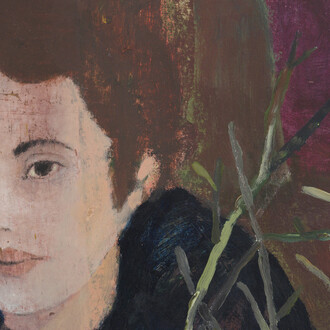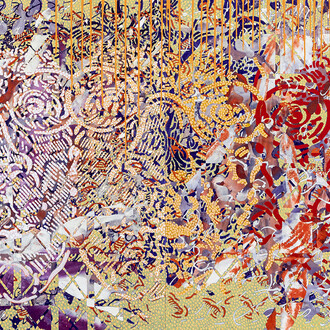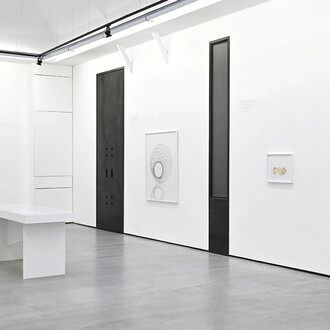While Rodin is widely known to the public as a sculptor, his drawings are, according to him, "the key to my work".
The exhibition Rodin, Cut-outs presents to the public nearly two hundred and fifty drawings, ninety of which are characterized by the cutting and assembly of figures. Playing with the spatial setting of these bodies, this process reveals audacious cut-out silhouettes and a dynamic of great modernity. This exhibition heralds one of the twentieth century’s innovative modes of expression.
"I have a great weakness for these little sheets of paper," Rodin confessed about his attachment to his drawn work. From the very beginning, Rodin - independently of his sculptures – often practices live drawing. His drawings are part of all the exhibitions dedicated to him, first in Brussels, Amsterdam, Rotterdam, The Hague in 1899, then in Paris in 1900, Prague in 1902 or in Düsseldorf in 1904. The museum preserves most of this drawn work, about 7500 sheets.
Rodin’s first drafts were subjected to various metamorphoses. When transferring his drawings, he finds the stroke that suits him, lays the color down with watercolor, cuts out his figures, arranges them, assembles them with other figures and gradually builds an unexpected device.
From his early years, Rodin proceeded to cut drawings and sketches that he pasted in albums. Between 1900 and 1910, he cut out a hundred watercolor nude drawings that make the heart of this exhibition. By cutting them out, Rodin likes to manipulate them, place them in space in multiple ways, cut them out in a deliberately approximate way.
He plays with the small paper figures as he would with plaster. Putting these cut-outs in perspective with the three-dimensionality of sculpture elevates them to a new "object" between two-dimensional drawing and sculpture.
In another series, Rodin uses his cut-out figures to create combinations that he mounts on a new support, interlacing the bodies in a new composition. Drawn and cut-out, these drawings are not mere technical accessories: they have earned the status of work-of-art in their own right, with dynamic silhouettes mirroring Matisse’s modernity.
















